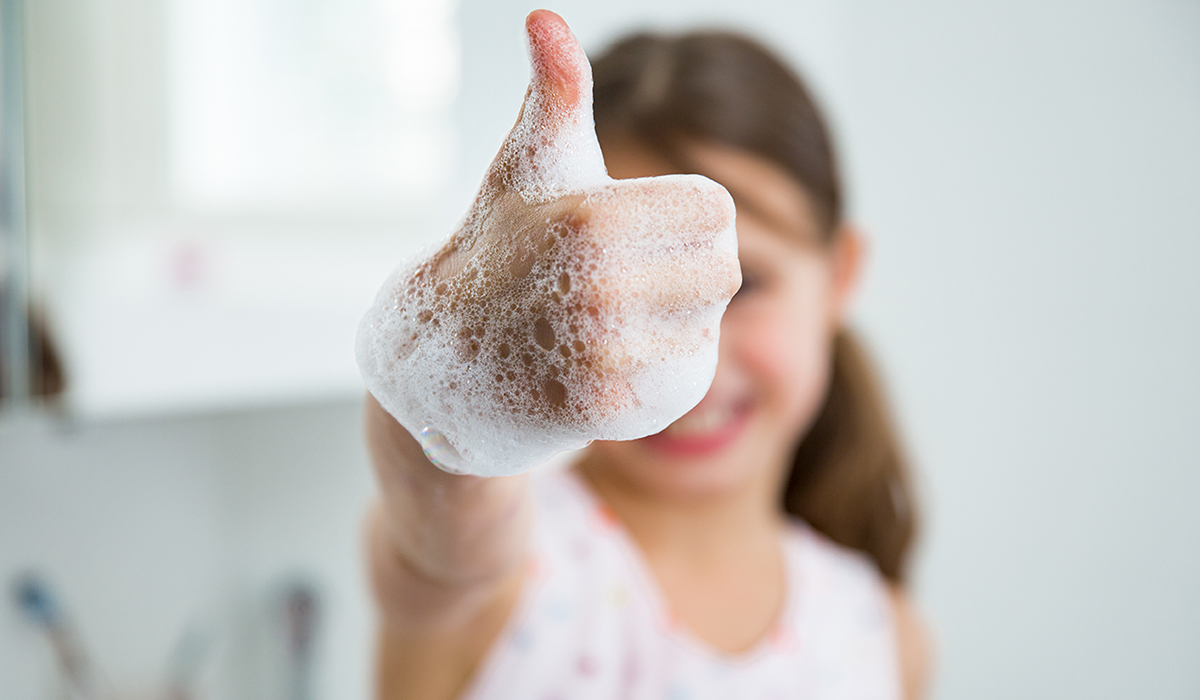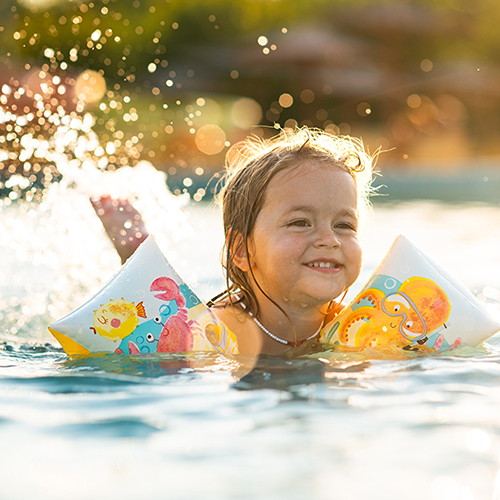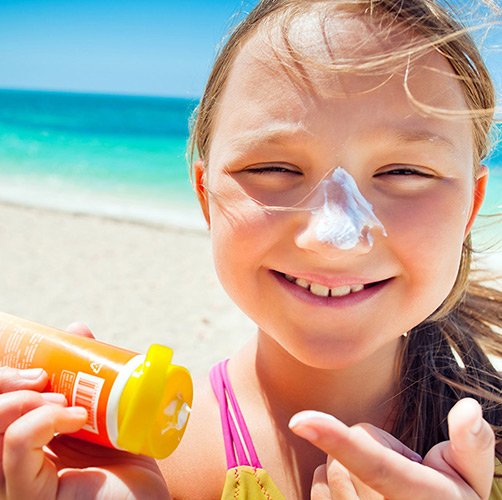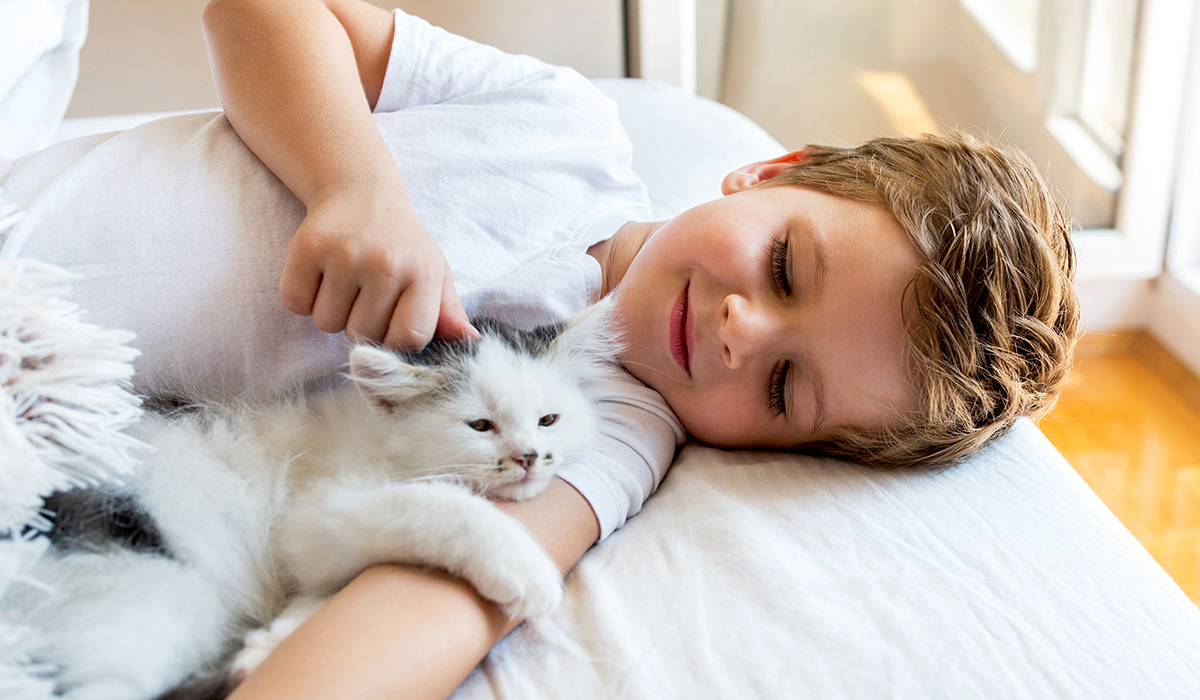August 2020
The end of summer brings more than just the start of school; it also ushers in the beginning of cold and flu season. That’s why it’s essential to start the year off right by talking with your kids about “germ etiquette,” or the best ways to prevent picking up or sharing common illnesses outside of the home.
The average American elementary schooler will field five to six cold-like illnesses each year, in part because school-age children don’t have fully developed immune systems yet. Because germs are easy to transfer or pick up in most public places, including at school, educating children about “germ etiquette” is an important part of keeping them healthy.
Here’s what parents can do to teach their children how to avoid sickness this fall:
Get your shots
With flu season running from September to March, Harvard Medical School recommends that kids get their flu vaccine before October. The flu shot, which can be administered via a traditional injection or as a nasal spray, will not only help protect your child from catching the flu, but also lessen the severity of symptoms if they do get sick. It has the added benefit of creating “herd immunity.” According to the College of Physicians of Philadelphia, when more people in any community get their flu shots, it helps to decrease the spread of disease for everyone.
Wash your hands
Let’s face it: kids aren’t always the best at washing their hands, even in ideal circumstances. But flu and cold viruses are spread when the respiratory droplets that accompany sneezes and coughs accumulate on shared surfaces, so hand washing is an important tool in your sickness-fighting arsenal. The Centers for Disease Control and Prevention recommends that you use ample soap, make sure to scrub between your fingers and up to your wrists and rub vigorously for about 20 seconds—the amount of time it takes to recite the alphabet or to sing “Happy Birthday.” Then, and only then, rinse thoroughly with warm water.
Key times that children—and adults—should wash hands are before and after every meal and snack, after using the bathroom, before preparing food, after sneezing or coughing into a hand and when returning home from school or any other outing.
Stay away from your face
Studies suggest that the average person touches his or her face more than a dozen times per hour. Kids are the same, unconsciously rubbing an eye, biting a nail or picking a nose. Unfortunately, the eyes, nose and mouth are easy points of access for viruses. Educate your kids about how this can increase the spread of germs and help them avoid touching their faces during flu season by offering them positive reinforcement when they’re successful—or by giving them something else to touch instead.
Cough into your elbow or a tissue
Most adults learned to cover their face with a hand when coughing or sneezing. It turns out that was bad advice. Coughing or sneezing into your hands means that virus-containing respiratory droplets can easily be passed from your hand to another person—or object—with a single touch. That’s why health professionals now recommend teaching your child to aim coughs and sneezes into the crook of the elbow or using a tissue to cover the mouth and nose. This makes it more difficult to spread those germs.



